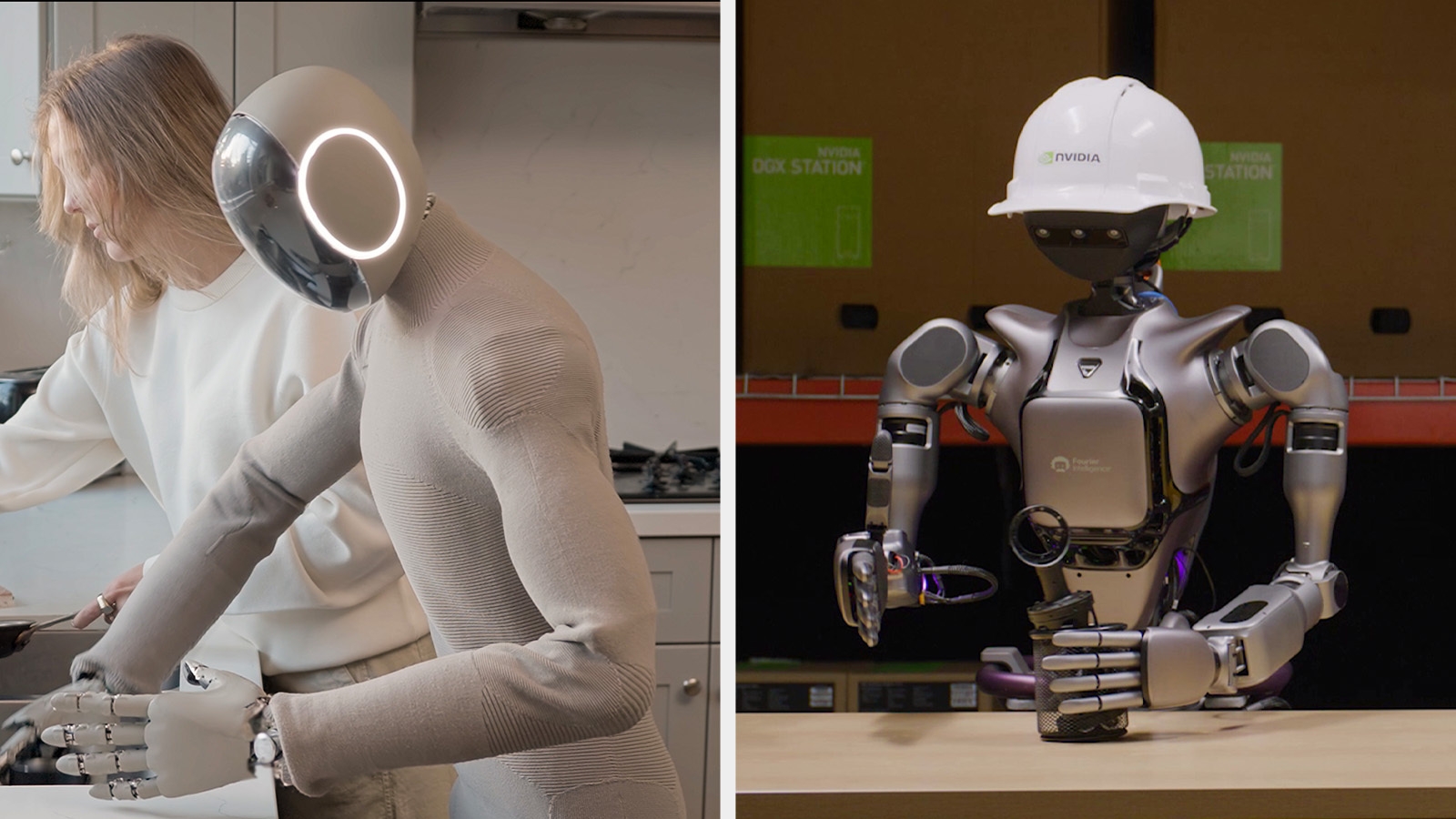
Revolutionizing Robotics: The Dawn of Open, Customizable Robot Foundation Models
The field of robotics is on the cusp of a major transformation. For years, developing sophisticated robots has been a painstaking, resource-intensive process, requiring specialized expertise and significant time investment. This complexity has acted as a major barrier to entry, limiting innovation and slowing the widespread adoption of robots across various industries. However, a groundbreaking new development promises to shatter these limitations and usher in a new era of rapid robotics advancement.
Imagine a world where creating a humanoid robot capable of complex tasks is as straightforward as building upon a pre-existing, highly adaptable foundation. This vision is now rapidly becoming a reality with the advent of open, customizable foundation models specifically designed for humanoid robots. These models act as a robust starting point, providing a pre-trained set of skills and reasoning capabilities that developers can leverage and expand upon. This significantly reduces the time and resources required to build new robotic systems, opening up possibilities that were previously unimaginable.
Think of it like this: building a robot from scratch is akin to building a car from raw materials. It’s a monumental task requiring expertise in various engineering disciplines. But with a foundation model, you’re starting with a chassis, engine, and basic controls already in place. You can then focus your efforts on customizing the vehicle to your specific needs—adding specialized features, refining the performance, and tailoring it to particular tasks.
This paradigm shift is driven by the power of artificial intelligence and massive datasets. These foundation models are trained on enormous amounts of data, learning fundamental skills such as navigation, object manipulation, and human-robot interaction. This pre-training allows the models to quickly adapt to new environments and tasks, drastically accelerating the development cycle. Instead of starting from scratch with each new robot, developers can focus on building upon the existing functionalities, customizing them to meet the specific demands of their application.
The open-source nature of these models further amplifies their impact. By making the underlying architecture and training data publicly available, the entire robotics community can contribute to its improvement and expansion. This collaborative approach fosters innovation, allowing researchers and developers from all over the world to build upon each other’s work, accelerating progress at an exponential rate. This collaborative spirit democratizes access to advanced robotics technologies, empowering a wider range of individuals and organizations to participate in this exciting field.
Beyond the core foundation model, the supporting infrastructure is equally crucial. Advanced simulation environments play a vital role in training and testing these robots. Realistic simulations allow developers to rigorously test and refine their robotic systems in a safe and controlled environment before deploying them in the real world. This dramatically reduces the risk and cost associated with real-world testing, further accelerating the development process. The ability to seamlessly transition between simulation and real-world deployment is a key factor in the success of these new technologies.
This new era of open, customizable robot foundation models represents a significant leap forward in robotics. It’s not merely an incremental improvement but a fundamental shift in the way robots are designed, developed, and deployed. By lowering the barriers to entry and fostering a collaborative environment, these models pave the way for a future where robots are ubiquitous, seamlessly integrated into our daily lives, and capable of tackling a wider range of complex tasks than ever before. The implications are vast, spanning healthcare, manufacturing, logistics, and countless other sectors. The future of robotics is undeniably bright, and this is a critical step toward realizing its full potential.



Leave a Reply